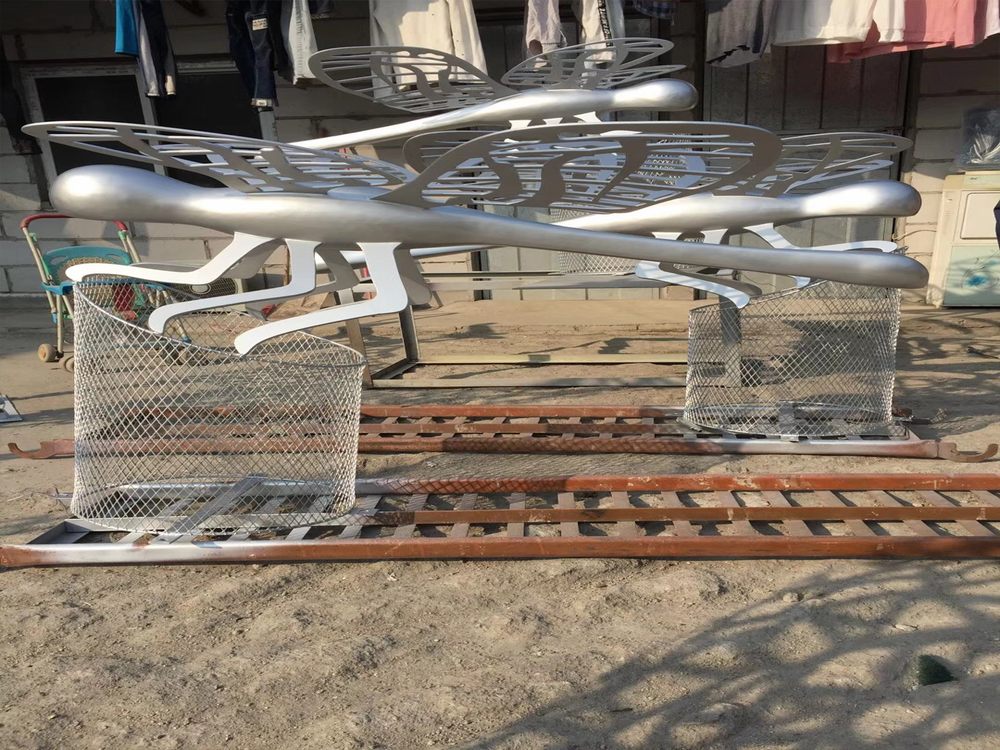
Layering multiple glazes in ceramics can produce breathtaking visual effects, but it also introduces the complex challenge of glaze compatibility. Experienced artists employ several strategies to ensure harmonious interactions between different glaze layers.
Testing is the cornerstone of successful layering. Artists create small test tiles with various glaze combinations, firing them under identical conditions to observe interactions. This reveals potential issues like cracking, crawling, or undesirable color changes.
Understanding glaze chemistry proves vital. Artists study the thermal expansion coefficients of their glazes, ensuring matched expansion rates between layers to prevent shivering or peeling. Many maintain detailed glaze logs documenting successful combinations and problematic pairings.
The strategic use of stable base glazes forms another key approach. Many potters begin with reliable, well-tested base glazes, then carefully layer more experimental formulations on top. Some artists intentionally create controlled incompatibilities for special effects, using knowledge of glaze behavior to predict rather than prevent certain reactions.
Temperature control during firing significantly impacts results. Artists may adjust firing schedules, sometimes incorporating slower cooling periods to allow glazes to properly settle and bond. The thickness of application also plays a crucial role, with thinner layers often proving more stable in multi-glaze applications.
Through persistent experimentation and systematic recording of results, ceramic artists develop personalized systems for successful glaze layering, transforming potential compatibility issues into opportunities for unique surface effects.

